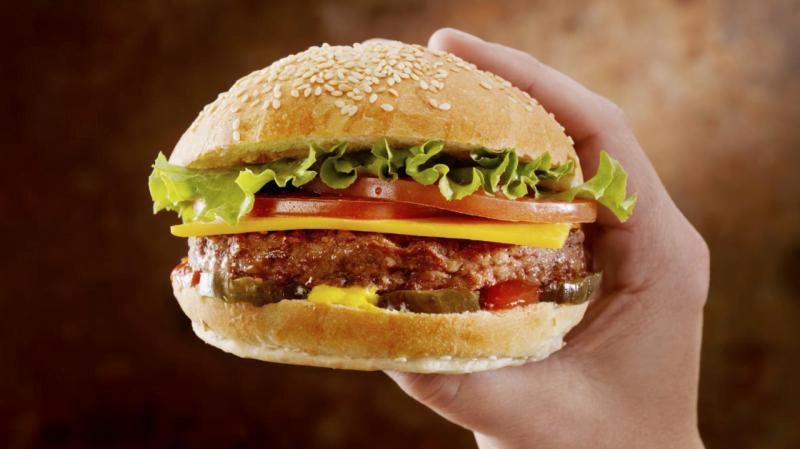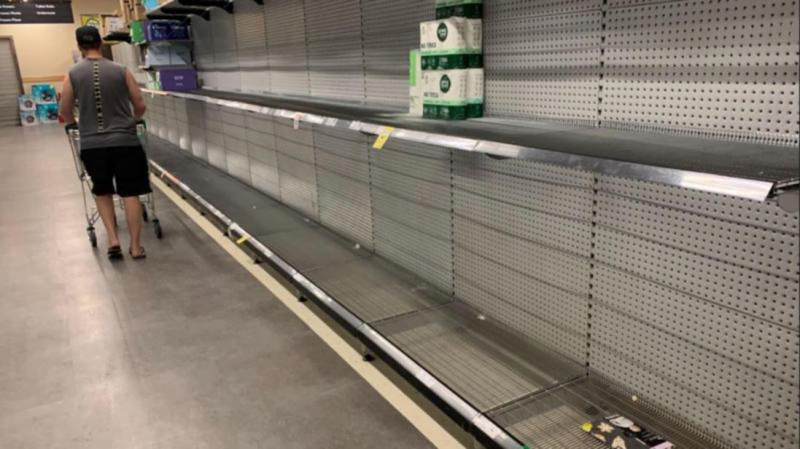Amazon is making strides in the online grocery sector, challenging major players like Coles and Woolworths, amid reduced spending by Australian households.
A recent survey by UBS, monitoring over 1000 Australian adults, showed that enthusiasm for online shopping has dwindled, especially for brands that also operate physical stores. Notable decreases in intentions to shop online were observed for Kmart, Big W, JB Hi-Fi, Target, and Myer. Overall, consumers are predicting a decline in their online spending in the upcoming year.
However, Amazon has seen a surge in its online grocery influence since the pandemic began. The percentage of consumers who consider Amazon their primary online grocery store rose to 9.4%, up from 8.9% pre-pandemic. The intent to purchase from Amazon in the forthcoming year also saw an uptick from Q2 2023.
IGA’s online customer base grew from 2.4% to 3.3% since the pandemic, and Wesfarmers’ e-commerce platform, Catch, witnessed an increase from 3.6% to 4.1%.
Still, Coles and Woolworths reign supreme both online and offline, but they have seen a decline in online shoppers post-COVID. Woolworths had a slight dip from 45.4% to 44.7%, and Coles dropped from 30.8% to 28.8%.
As the competition in affordable groceries heats up, Amazon has reported positive results in its non-perishable sections and its “subscribe and save” scheme for recurrent home and beauty products purchases.
UBS’s Shaun Cousins noted that spending anticipations are balancing due to economic strains. “High earners are saving more, middle earners are stabilising, and low-income earners are anticipated to rely on savings for expenses,” he commented.
Recent data indicates that retailers are vying for a shrinking slice of the consumer spending pie, especially online-only brands. According to the Australian Bureau of Statistics, July saw a 0.7% decrease in national household spending compared to the previous year, and discretionary spending fell for the fourth consecutive month, down by 3.3% annually. Additionally, expenditures on home goods and clothing experienced a significant drop of over 7% annually. Online retail sales also decreased by 7.4% in July.
These challenging conditions have prompted some brands, like The Iconic, to make hard choices, recently announcing 72 job cuts after reporting weaker sales.
S&P’s Richard Timbs cautioned that the cautious spending habits of consumers could challenge companies’ profit margins in the upcoming months. He believes companies will struggle to offset increased wages and other expenses, potentially affecting profit margins in the next 12 to 18 months.
For the latest retailer news and information, check out the IndiHub website, or to speak to us about how we can help your business contact us.



